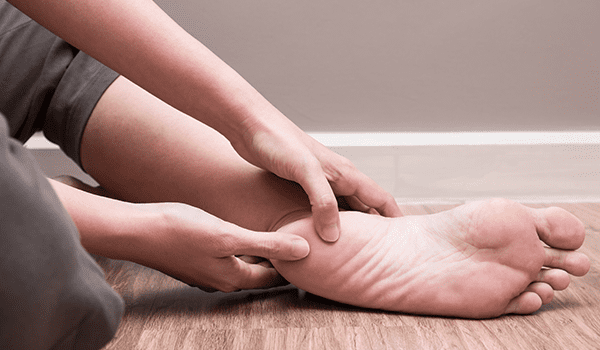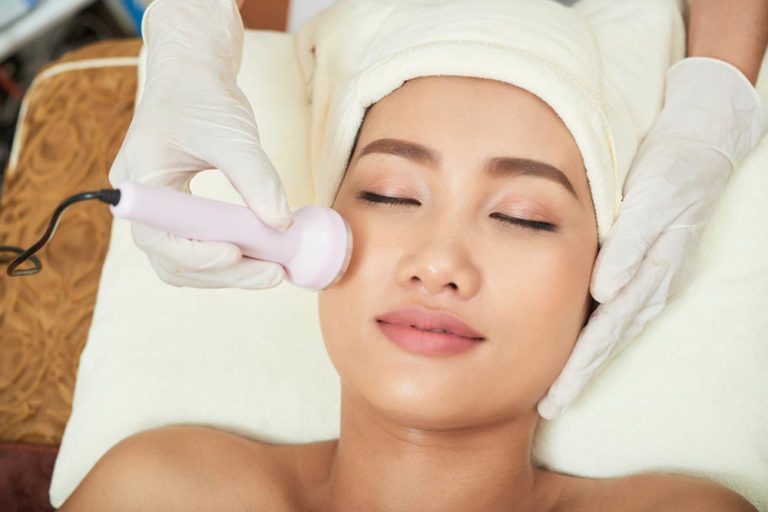A Podiatrist is a doctor who treats problems related to the foot, such as bunions and toenails. A few podiatrists will also treat lower limb and ankle problems like sports injuries, damages to the foot, and ulcers. Usually, they will have letters DPM following their name.
On the Podiatrist in Irvine website, you can find what a podiatrist do and the best podiatrist to get rid of your foot problems. They provide the best treatment methods for various foot problems and improve health. Also, they are affordable too.
About podiatrist
A Podiatrist is trained in diagnosing and treating conditions related to the lower limb and feet. They help to correct and prevent deformity, relieve pain, treat infection, and keep people active and mobile.
For instance, you want to clip your toenail or remove hard skin over the feet. A podiatrist gives suggestions to look after the feet and to choose the right footwear to wear.
Education and training
Like other doctors, podiatrists will also complete 4 years of education in the podiatric college. After it, they will do training for 3 years in clinics and hospitals to gain good experience. After clearing the exams, podiatrists will get the certification. A few of them will also complete fellowship in their interested area.
Who are podiatric surgeons?
A person who specializes in foot surgery is known as a podiatric surgeon. These specialists have to clear both the general health of the foot as well as surgery for injuries and conditions.
Podiatrists have to get the license to start their practice in a state like other doctors. Without a license, they cannot practice. Also, they have to renew the license, and also they have to stay up-to-date by attending the seminars.
What do podiatrists will do?
A podiatrist can diagnose and help with various conditions, such as:
- Foot injuries – broken or fractured bones, strains, and sprains
- Toenail conditions – fungal infections, ingrown toenails, and thickened toenails
- Foot pain – because of gout, rheumatoid arthritis, and arthritis
- Foot abnormalities – flat feet, high arches, and hammertoe
- Skin conditions – corns, athlete’s foot, warts, and plantar dermatitis
- Heel pain causes – plantar fasciitis
- Foot disorders – ulcers, neuropathy, and infections
In addition to the above, a podiatrist also treats problems including verrucas, heel spurs, muscle pain, foot ligament, smelly feet, aging feet, and others.
Kinds of podiatrists
A podiatrist treats everyone, from children to older people. Podiatrists are the same as general physicians or foot doctor. A few of them are specialized in specific areas, including:
- Diabetes
- Wound care
- Orthotics
- Pediatric
- Geriatric care
- Circulatory foot problems
- Inflammatory and autoimmune conditions
- Reconstructive surgery
- Dermatology
- Neurologic foot problems
- Sports medicine
Consulting a podiatrist is the best option for people with pain or abnormal foot. It is ideal to consult the podiatrist even the feet healthy because they will suggest you the right footwear that makes you feel comfortable and keeps your feet healthy.
Factors that trigger foot problems
A few health problems can trigger issues related to feet in people. They are:
- Obesity
- Arthritis
- Heart stroke and disease
- High cholesterol
- Diabetes
- Poor circulation of blood
People who have diabetes are more prone to foot issues. Be attentive to the changes that occur in your feet. Notice the symptoms and signs related to the feet because diagnosing and treating the underlying condition helps to ease the foot pain and condition.
When you have to consult a podiatrist?
The foot contains 33 joints, 26 bones, and various ligaments, tendons, joints, and muscles. These parts help in walking, running, and standing and also to support the body weight. Pain in the foot can limit movement. A few health issues will also damage the feet if untreated. Consulting a podiatrist is the best solution for all your foot-related problems.
If you are experiencing any one or more of the below-mentioned symptoms, then it’s time to meet a podiatrist.
- Burning or sharp foot pain
- Swelling
- Cracked or dry skin
- Bad smell
- Ulcers
- Soreness
- Tenderness
- Discolored toenails
- Hard skin
- Tingling or numbness
What happens during a consultation?
During the consultation, the podiatrist checks your medical history and performs a few basic tests like feeling the feet and checking blood pressure. Also, they will observe the way of walking and moving leg joints.
They will ask questions related to the symptoms with you. In case any minor issues are found like corns, hard skin, calluses, etc. Then, they will treat them immediately. The session completes within 30 minutes to 60 minutes without pain.
Depending on the findings, they will recommend additional tests to identify the problem. A podiatrist will recommend diagnostic tools like:
Imagining tests – Like ultrasound, CT scan, bone scan, MRI scan, and X-ray helps to reveal the structural problems, including narrow or blocked blood vessels, bone fracture, etc.
Blood test – This test helps to identify autoimmune diseases, inflammation, or infection like arthritis.
EMG (Electromyography) – It measures the response of muscles to nerve impulses. The healthcare provider places a single needle or more (electrodes) into your muscle, to get the muscle tissue electrical activity. This test reveals the underlying nerve problems.
Quantitative sensory testing – It is a computer-based test. A computer is used to record the vibration and temperature changes of the nerves. Generally, this test is used to diagnose hypersensitivity, diabetic neuropathy, and other foot nerve-related disorders.
Treatment
After the diagnosis, a podiatric recommends suitable treatment methods to treat the condition. Usually, the podiatrist will work with an expert team or other specialists to treat the condition, depending on its severity.
Treatments provided by the podiatrists are:
- Medications like antifungals, pain relievers, and antibiotics
- Corrective footwear
- Joint injections or cortisone
- Removing fluids
- Placing fractured bones
Also, they will perform surgical procedures to remove tumors, bone spurs, and bunions, locate the broken bones, debridement of infected or damaged tissues, treat ligaments, and others.
Whether you are experiencing discomfort or pain in the foot, gather information about licensed podiatrists. From those, choose the best one, and consult today to identify and get treatment for the underlying problem before it worsens.





